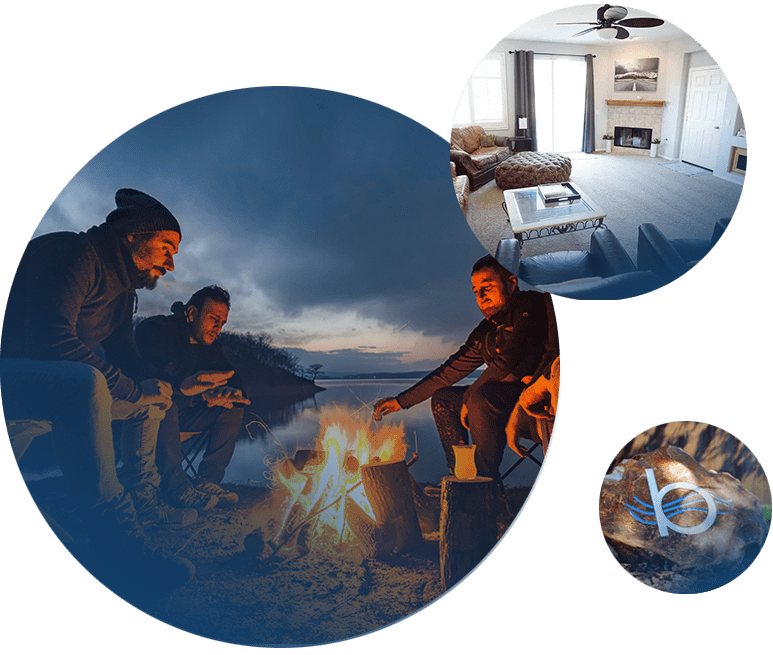


Almost 3,000 pounds of fentanyl in San Diego County between March and May, a 300% increase from the same time last year. Authorities describe the uptick in drug seizures due to a joint effort between law enforcement agents working in San Diego’s port. Customs and Border Protection agents have been working with Homeland Security to hunt down drug traffickers and stop them in their tracks.
A two-month-long enforcement effort netted a huge number of drugs. The busts, which took place over two months, netted 4,721 pounds of fentanyl and 1,700 pounds of fentanyl precursors. These drugs were headed to the streets to be pressed into pills. Instead, more than 200 arrests of alleged smugglers took place, and the government seized these drugs.
San Diego is a central hub for drug trafficking, leading to many people to addiction within the city and county. Addiction has been a significant issue in San Diego, as it has been in many other parts of the United States. The town has a complex history of addiction spanning several decades.
Drugs have always been an issue in San Diego. In the 1960s, the city grappled with heroin addiction. During the 1990s, the town had a surge of people who struggled with crack cocaine addiction and the violence associated with that. In the 2000s, however, the city succumbed to the addiction crisis caused by opioids.
Like many others, the city is still grappling with an opioid crisis. The rise of potent synthetic opioids, such as fentanyl, has resulted in a surge in overdose deaths. The accessibility of these powerful substances often sold illicitly, has exacerbated the addiction problem, and strained public health resources.
Substance use among the homeless population has become a pressing issue in San Diego. Homelessness and addiction are interconnected problems. Many individuals often turn to drugs or alcohol as a coping mechanism. San Diego has implemented various programs and initiatives to address homelessness and substance abuse simultaneously, focusing on harm reduction, treatment, and housing solutions.
“We are an epicenter for fentanyl trafficking into the United States, and we know the immense responsibility that we bear to address this crisis,” U.S. Attorney Randy Grossman said about the recent Blue Lotus Operation. “We are answering that call to action with hard work, a purpose, and a plan. Every milligram of fentanyl that we seize, and every smuggler, trafficker, and dealer we bring to justice, means less fatal doses on the streets of San Diego and beyond.”
During the operation, Homeland Security deployed eighty agents to work on drug trafficking in San Diego. In San Diego County, the two-month surge has resulted in a 300 percent increase in fentanyl seizures. There was also a 30 percent increase in defendants prosecuted for fentanyl-related crimes in the Southern District of California compared to last year.
The Blue Lotus Operation also seized fentanyl, which also tested positive for xylazine, creating a dangerous drug called “tranq dope” that leaves people physically addicted and causes gaping sores when they use it. The White House recently designated the combination of xylazine and fentanyl as an emerging threat to the United States on its growing role in overdose deaths. Xylazine is still a relatively new drug, but when a person overdoses, they may not wake up. Narcan has limited value in overdose reversal when a person has taken xylazine. It can help reverse the fentanyl overdose, but xylazine is a sedative, and there is currently no antidote to the drug.
San Diego is a great place to be in recovery and a recovery home; you’ll meet others with similar goals. Sober living is a great stepping stone for people who want to live in a stable, therapeutic environment. Give us a call to learn more about the sober lifestyle in our homes.
Opioid use disorder (OUD) is a chronic disease that can significantly impact the brain and how a user thinks. Addiction occurs when an individual becomes dependent on opioids to function, both physically and mentally. Over time, addiction can lead to changes in the brain and body that can be difficult to reverse.
One of the most significant impacts of opioid addiction on the brain is its effect on the reward system. These drugs trigger dopamine release in the brain, a neurotransmitter associated with pleasure and reward. With repeated use, the brain can become dependent on the drug to release dopamine, developing tolerance and addiction. This can make it difficult for individuals to feel pleasure or reward from other activities, leading to a loss of interest in hobbies and relationships.
OUD can also change the way a person thinks and behaves. There is a science behind these changes. Misuse causes changes in the brain's prefrontal cortex, which is responsible for decision-making and impulse control.
Chronic opioid use can decrease the prefrontal cortex's volume, impairing decision-making and making it more difficult for the drug user to control their impulses. Many self-destructive behaviors that characterize addiction can be attributed to these changes. As a result, people with OUD exhibit behaviors that harm the individual and those around them in pursuing the drug or while high.
In addition to its impact on the brain, opioid addiction can significantly affect the body.
Long-term opioid use can lead to respiratory depression, breathing issues, and even death. In addition, some people who overdose have heart trouble and lingering neurological symptoms. Chronic use can also lead to gastrointestinal issues, such as constipation, nausea, and vomiting. This can also lead to malnutrition.
When a person who is a chronic user tries to stop using or cut down, they usually have significant withdrawal symptoms. This can include bone pain, nausea and vomiting, sweats, and anxiety. This is why Medication-Assisted Treatment is considered to be the gold standard of care when it comes to to OUD. It can minimize the uncomfortable symptoms and cravings a person getting sober experiences.
Addiction to opioids can also have significant social and emotional impacts. OUD can lead to social isolation as individuals become more wrapped up in chasing the high and spend more time in active addiction. You may notice a person with opioid use disorder becoming more withdrawn and spending more time alone.
A person stuck in the throes of active addiction may self-medicate painful or upsetting mental health symptoms.
The emotional toll of addiction can also be significant. People with OUD often strain family relationships and change friends when addicted. Privately, they may be wrestling with shame, guilt, and hopelessness.
Opioid use disorder (OUD) can be associated with a range of mental health issues, including:
Individuals with OUD need comprehensive treatment addressing their addiction and co-occurring mental health issues.
OUD can have significant impacts on the brain and body. Substance use disorder can also cause mental health problems and exacerbate mental health issues you may already struggle with. Getting screened for mental illness during your recovery and paying attention to any new symptoms is essential. A psychiatrist can better assess your needs or help diagnose any disorder.
Many people with OUD find that they can stay sober when they have structure, solidarity, and community with other people in recovery. Many people in sober housing choose to use MAT as a tool for their OUD. Sober living can give you a home to return to at the end of the day, meetings in and out-of-house, and a healthy, vibrant, spiritual environment to reflect on your recovery and future. Learn more about our homes and how we can help by giving us a call.
